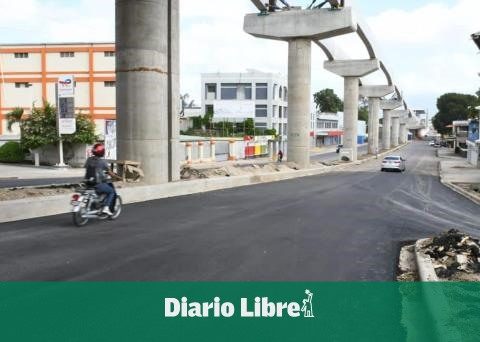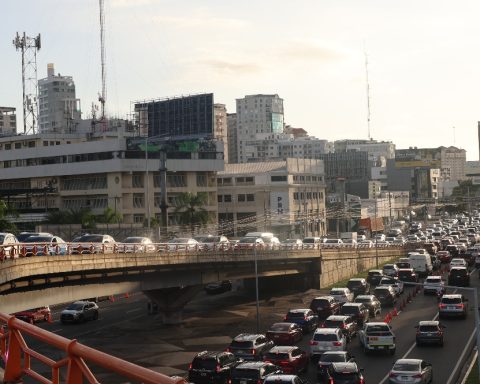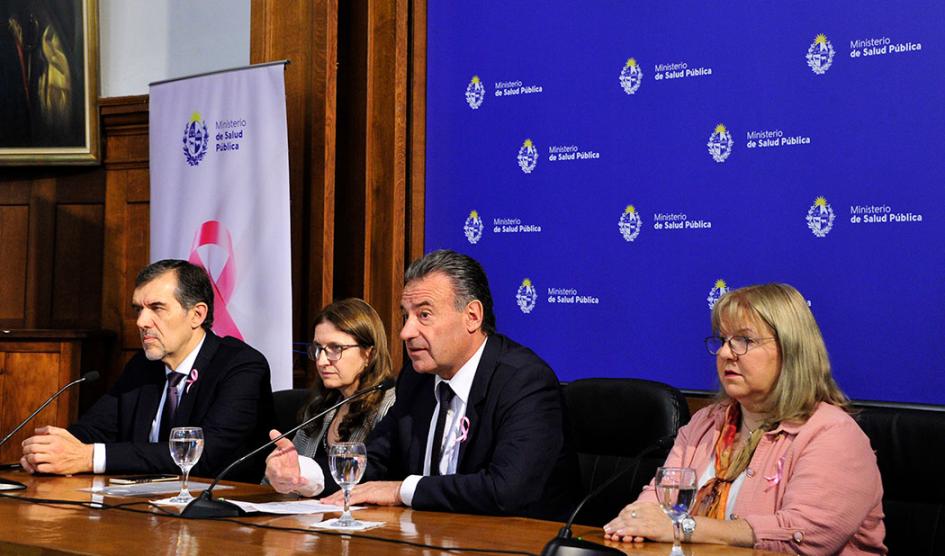Electronic voting is currently used in only 9 countries around the world, and in just three of them it works without any failures, complaints or complaints: Estonia, the United Arab Emirates and Brazil.
The other six still have drawbacks in a system that can be perfected but is not yet perfect in terms of security and reliability of voting and results.
In Bulgaria, for example, in the 2021 parliamentary elections, there were technical failures that led to the suspension of electronic voting in 56 polling stations and the immediate switch to manual voting in these polling stations.
In Belgium, in the last elections, also due to technical failures, it was necessary to annul 0.6% of the total result of the elections.
In West Virginia, in the United States, in the 2020 elections, the modern Voatz voting system was altered to such a degree that it was necessary to suspend electronic voting in all schools and finally opt for manual voting.
Venezuela does not withstand analysis, because although there are always complaints of serious system failures before the Electoral Commission, these are not investigated or taken seriously in a dictatorship. However, the Electoral Commissions of India and the Philippines do take the constant complaints of failures in the systems used seriously and have confirmed on several occasions the lack of security of these.
The places where electronic voting has had better results have in common that they began its implementation a long time ago and gradually, which has allowed learning and experience without affecting the integrity of the processes and the legitimacy of the results.
Here in the Dominican Republic, when we went from manual voting to electronic voting without such gradualness, the change went quite badly and we have it very fresh in our memories with the failure of the 2020 municipal elections.
Therefore, the latest resolution of the Central Electoral Board (JCE) no. 34-2022, which maintains manual voting for the upcoming 2024 elections, but automates part of the process because it provides for the digitization, scanning, and transmission of results from the polling stations.
Barely two years after an electoral contest where presidential, congressional, municipal elections and the possibility of a second round are combined, this is not the time for improvised innovations.

















